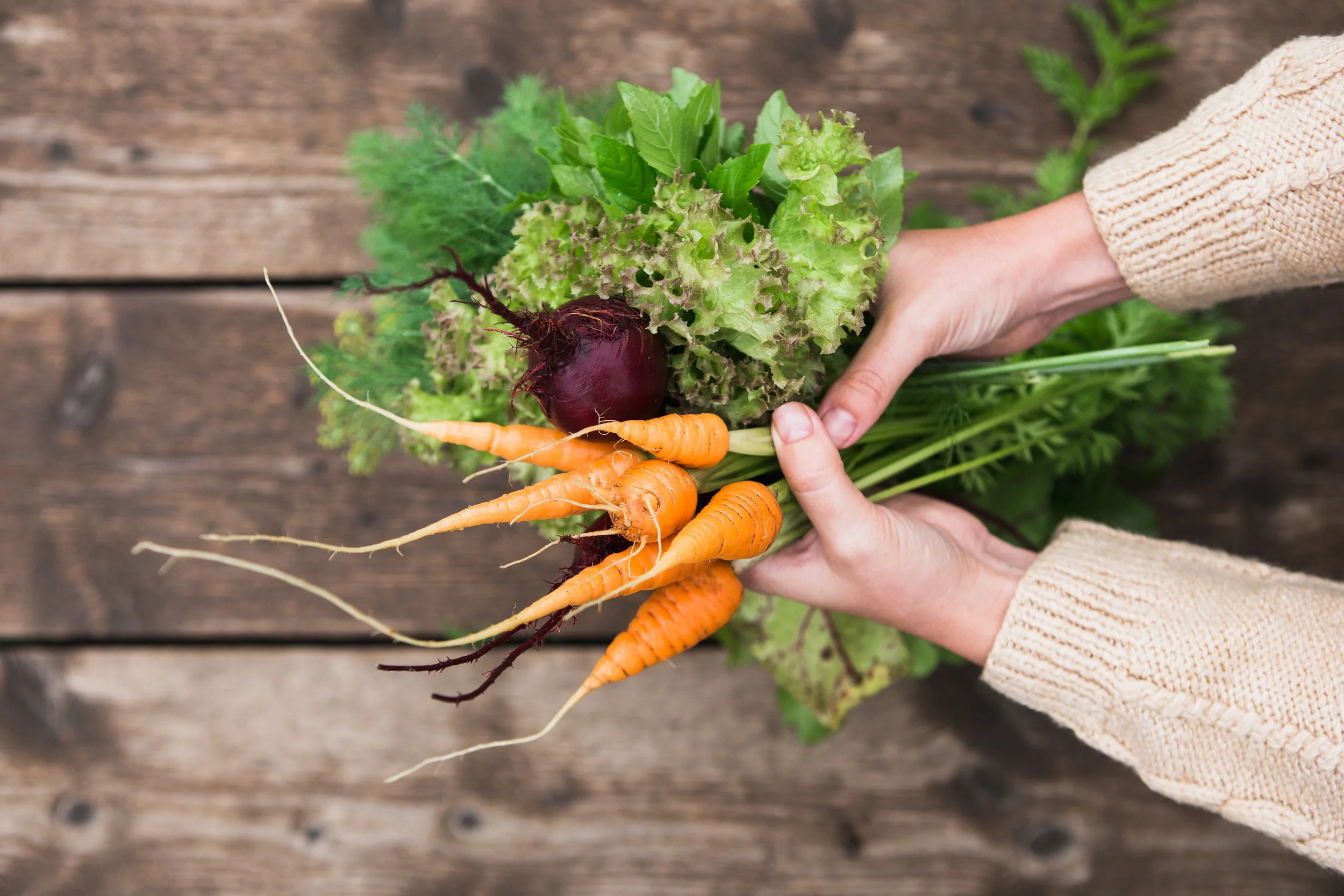Whether you have a spacious backyard or compact landscape in Long Island, NY, you can likely find a way to fit a few crops in beds or pots near the home. You could be shocked by the amount of produce you can reap from a few plants. Here are a few reasons to incorporate a vegetable garden into your landscape design:
The Health Benefits
The fact that the average American does not receive their required daily dose of nutrients has, unfortunately, become common knowledge. The convenience of fast food and cost-effectiveness of simple carbohydrates, among other factors, have reduced the amount of fruits and vegetables we elect to eat. Planting a vegetable garden is the equivalent of committing to a greener, healthier lifestyle. The vegetables you produce must go somewhere and, ideally, will end up on your dinner table. They will be quick and easy to fetch out back, leaving you without any excuses to order in.
RELATED: ADD COLOR TO YOUR LANDSCAPE DESIGN WITH FLOWER BEDS IN SAG HARBOR, NY
The Social and Family Benefits
More often than not, your vegetable garden will provide you with more vegetables than you can reasonably cook and eat. This leaves you with plenty of home-grown vegetables to share with family and friends! Getting your kids involved in the care and maintenance of the vegetable garden can also prove to offer valuable bonding time, during which they can learn about living sustainably, appreciating food, and eating clean. It also ensures that they put down their devices every now and again to enjoy the fresh air and get some exercise if you send them out to weed and harvest.
The Environmental Benefits
Commercial food production involves the use of pesticides and herbicides, which can pollute nearby water sources and damage surrounding ecosystems. The transport of produce emits greenhouse gases. By sourcing your own fruit and vegetables from the backyard, you can do your part in reducing the harmful environmental effects of large-scale agriculture. It may seem like a small contribution. However, large changes are often brought about by a collection of small efforts.
The Financial Benefits
Growing your own produce can save you hundreds of dollars a year—especially if you usually seek out expensive organic produce at the store. You can grow your own vegetables organically for a fraction of the price! Note that gardening can be expensive if unaccompanied by forethought and caution. You may need to start small, for example, with a few plants and materials if you’ll be doing the ongoing gardening yourself. That way, any losses due to a lack of experience will prove to be minor. Strictly choose only those vegetables that you are likely to eat to minimize wastage, and save organic material from the kitchen for compost in order to spend less on fertilizer.
RELATED: LANDSCAPE DESIGN IDEAS FOR A GORGEOUS RAIN GARDEN IN GLEN COVE, NY
The Visual Benefits
A vegetable garden can energize and enliven a landscape! Produce introduces unique and unexpected colors and textures to a landscape comprised largely of shrubs and flowers. Many fruits and vegetables emit a scent that can be comforting or inviting—not only to people, but to pollinators too. Vegetable gardens tend to attract bees and small birds that introduce plenty of movement and a unique set of sounds into the landscape. Pollinators are good for any garden and will most likely boost the growth of the rest of your natural landscape. Some vegetable plants, like peas and beans, also feature beautiful blossoms that can add character and a sense of delicacy to your landscape.
RELATED: 5 LANDSCAPE DESIGN IDEAS FOR CREATING A ROMANTIC GARDEN WALKWAY IN WESTHAMPTON, NY


